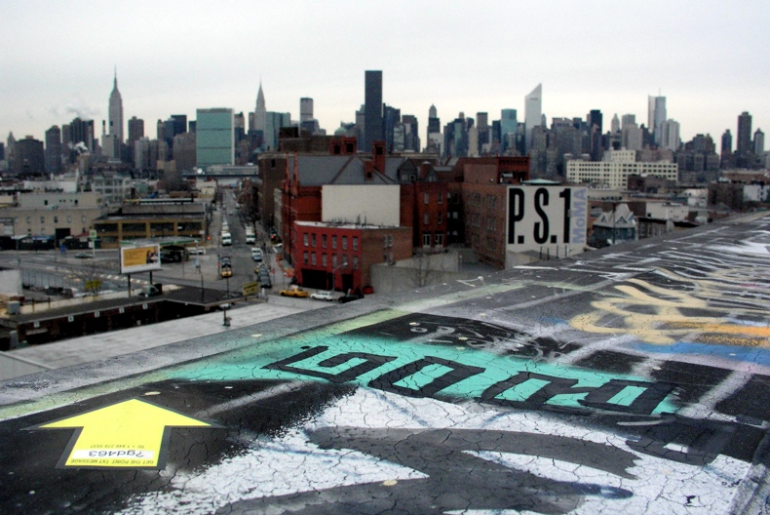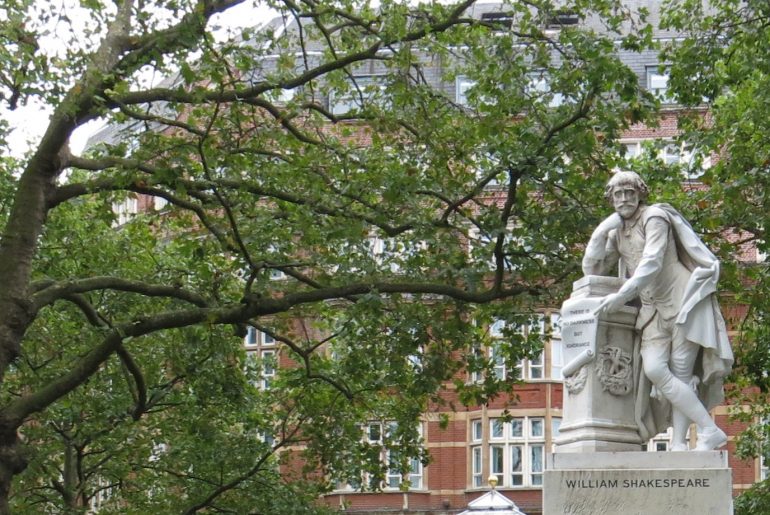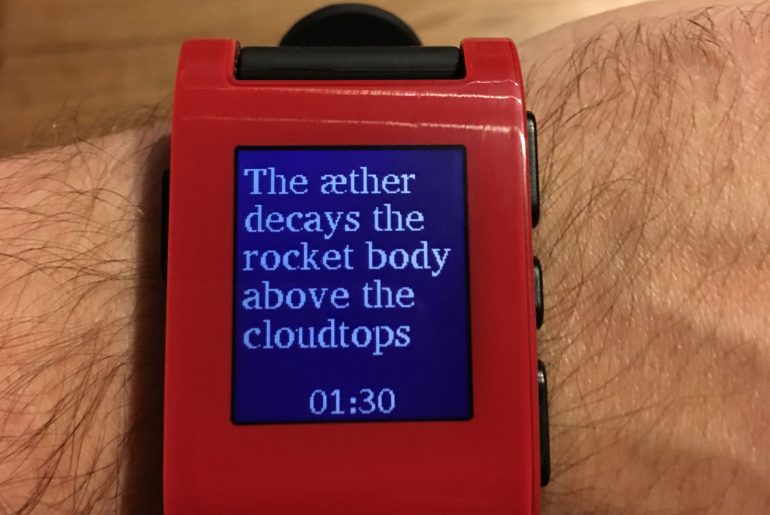As we experiment with and explore ambient literature as part of our project, we remind ourselves that what we are doing is not new. Countless writers, artists, and technologists have imagined and created digital works that respond to place to tell stories. As we examine these early roots of what we are calling ambient literature, we find that they are not definitive. We come across works in adjacent fields, in visual arts, geography, and oral history, that feel as though they are trying to experiment with technology, place, and story in similar ways. Here are just a few works from that might be considered early precursors to some of the ideas we are exploring today and might shape what comes next [murmur] (2002) was an archival audio project developed by a Toronto-based collective to record stories and memories told by people about specific geographical locations. The stories were mapped onto the urban…
Peeling Back the Layers
I experience our second work of ambient literature, The Cartographer’s Confession by James Attlee, on a busy Saturday afternoon by the Tate Modern on London’s South Bank. Around me, crowds gather around street performers, who are spray painted silver and contorted into impossible-looking positions, a long queue leads a neon pink ice cream van and a group of teenagers perform a choreographed dance routine in front of the river. Among all this activity, I sit by myself on a bench, put in my headphones, and begin the app downloaded onto my phone. I am soon transported to 1945 and a crackling audio recording recounts the arrival of Thomas and his mother, Ellen, to London on a ship loaded with timber. As I am given fragmented details about the characters, they flicker as though not yet in focus. I am here, sitting on this ordinary bench, but another story is emerging. I begin to…
The Spaces Between
This summer, many of the ambient literature team travelled to conferences and seminars to share our initial findings and to find out what researchers, writers and artists in similar fields to us have been working on. In July, I travelled to Porto for the Electronic Literature Organization conference and among the panels, keynotes, performances and exhibitions I was able to develop my own thinking around ambient literature. In particular, I learned about two interesting, and very different, projects that both explore the relationship between people and place and bring a reader’s attention to the spaces in between. I learned about the work of Xiaosu Guan from State University New York Buffalo, USA, and her project, Not There There. Using augmented reality video layers, this installation examines the relationship between people and place through storytelling. Upon entering a bedroom, in an ordinary apartment, participants are given one of three iPads and are…
Authoring the Uncontrollable
As works of ambient literature respond to the presence of a reader to deliver story, a sense of unpredictability is inherent in this new literary form. Neither the world, nor people, always behave in predictable ways and this is a feature of this type of situated literature. In a work of ambient literature, the reader must be present in a physical location and if, for example, they are prompted to explore a city street then this location becomes an integral part of the narrative. However, this is a part of the narrative that the writer cannot fully control. It is part of their authorial territory but, as they might not know exactly what the reader sees in front of them, uncontrollable elements may become unexpected features of the story. I recently experienced Experiment II, a piece of ambient literature developed by Tom Abba for the Festival of Ideas in Bristol.…
Locating the Literary
Examining ambient literature as an emerging literary form led me to “Screening the Literary: Writing Quality on the Web,” a workshop held at Lancaster University in October. Run by the Authors and the World Research Hub, an AHRC-funded collaboration researching the position of the author as both cultural artefact and producer of literary texts. This one-day workshop brought together researchers working in several fields, from French studies and contemporary arts to computing. There was an emphasis on examining the book as a cultural form and the shifting position of the author in digital spaces. Erika Fülöp, workshop convenor, recognises that although the potential death of the printed book has been debated since the 1990s there are still questions to be asked about applying the term “literary” to digital texts, particularly considering they can take various forms, and include multiple elements, such as audio, images, and video. The workshop asked, “How…
Exploring the Field
Following on Jon Dovey and Tom Abba’s reports from last week’s ambient literature research meeting, Amy Spencer gives an account of where ambient literature can be situated within a field of other works and research. * * * Knowing where you are not can help you find out what you are. For the past few weeks, I have been exploring the field of ambient literature. I have followed ideas through the writing of countless writers and researchers, trying to see what lies around us as we build our understanding of this new literary field. To guide me, I have been imagining ambient literature as being at the centre of a map. Around us are fields such as locative storytelling, psychogeography, games, spatial theory, site specific art, performance and the history of the book. I am trying to find the points at which these overlap, where the ideas and practices blur…





